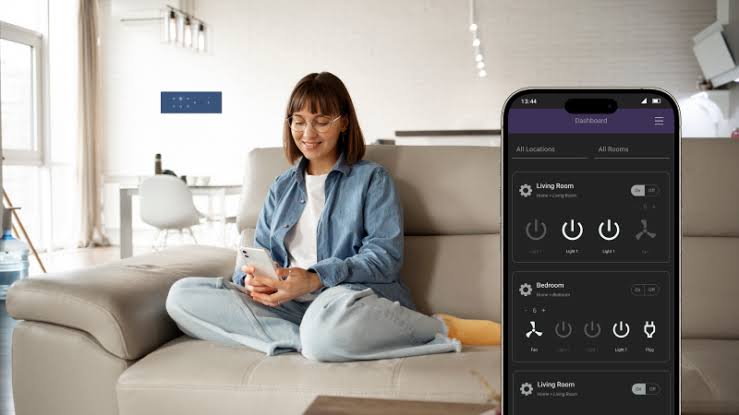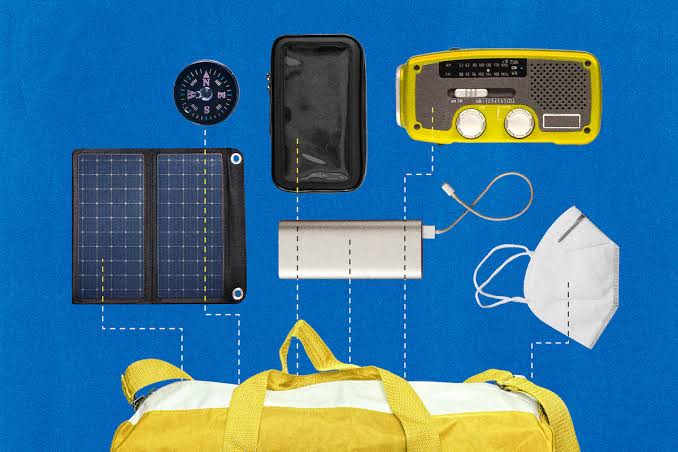The idea of a fully automated home that responds to its occupants’ needs has become a reality thanks to the growing integration of smart gadgets. These devices are designed to simplify daily routines, improve energy efficiency, and provide convenience at the touch of a button or even through voice commands. Today, smart gadgets are transforming how we interact with our living spaces by making homes more intelligent, adaptive, and secure.
Convenience and Daily Routine Automation
One of the biggest advantages of smart gadgets is the ability to automate everyday household tasks. Devices such as smart plugs, voice-controlled assistants, and connected appliances allow homeowners to manage their homes more efficiently.
For instance, smart speakers like Amazon Echo or Google Nest Hub can control lighting, play music, or adjust thermostats with simple voice commands. Smart coffee makers can be programmed to prepare coffee before you wake up, while robotic vacuum cleaners take care of cleaning without supervision. These small changes add up to a significant boost in convenience, making home management effortless.
Improved Home Security
Smart gadgets have also revolutionized home security by offering real-time monitoring and instant alerts. Smart cameras, video doorbells, and motion detectors provide homeowners with live feeds and updates on their smartphones, regardless of their location.
Devices such as smart locks allow keyless entry and can be managed remotely, reducing the risk of lost keys or unauthorized access. Integration with mobile applications also ensures that homeowners are notified immediately of unusual activity, making it easier to respond quickly in case of emergencies. This level of control enhances peace of mind and strengthens overall household safety.
Energy Efficiency and Cost Savings
Another important way smart gadgets enhance home automation is by improving energy efficiency. Smart thermostats learn user preferences and adjust temperatures based on patterns, reducing unnecessary energy use. Similarly, smart lighting systems automatically turn off lights when no one is in a room or adjust brightness according to natural light levels.
These features not only reduce household energy consumption but also lead to significant cost savings on utility bills. With energy tracking tools, homeowners can monitor usage trends and make adjustments to optimize their energy consumption further.
Seamless Connectivity and Integration
Home automation today is possible because smart gadgets can connect and work seamlessly with one another. Platforms such as Apple HomeKit, Google Home, and Amazon Alexa create unified ecosystems where different devices communicate effectively.
For example, a smart thermostat can work in sync with smart blinds to regulate temperature, while smart security cameras can integrate with lighting systems to deter intruders. This interconnectedness makes homes more responsive and efficient, reducing the need for manual control.
Personalization and Adaptability
Smart gadgets are designed to adapt to individual preferences, making homes feel more personalized. From customized lighting scenes to preferred entertainment setups, these devices can be tailored to match the lifestyle of each household member.
For instance, a smart lighting system can adjust colors and brightness depending on whether you are working, relaxing, or entertaining guests. Similarly, smart speakers can create playlists based on your mood or past listening habits. This level of personalization makes home living more comfortable and enjoyable.
Remote Access and Control
With the rise of mobile applications, homeowners no longer need to be physically present to control their gadgets. Remote access allows users to adjust home settings, monitor activity, and even manage appliances while away.
For example, you can turn on your air conditioner before reaching home, check your security cameras while traveling, or ensure that the oven is switched off after leaving the house. This accessibility improves convenience while reducing risks associated with unattended appliances or forgotten tasks.
Contribution to Health and Well-Being
Modern smart gadgets are also focused on enhancing health and wellness. Smart air purifiers and humidifiers ensure clean indoor air quality, while smart beds can monitor sleep patterns and provide suggestions for better rest. Wearables that integrate with home systems can also adjust room environments based on health data, ensuring comfort and safety.
For families with elderly members, smart gadgets like fall detectors and health monitoring devices integrated into home automation systems provide an added layer of care and support.
Challenges of Smart Home Automation
While the benefits are significant, there are challenges to consider. Privacy and security risks remain a concern, as interconnected devices may be vulnerable to hacking. Additionally, compatibility issues between different brands can sometimes limit seamless integration. Finally, the cost of setting up a fully automated home may be high for many households.
Conclusion
Smart gadgets are making home automation systems more efficient, secure, and personalized than ever before. By simplifying daily routines, enhancing energy efficiency, and improving overall quality of life, these devices are becoming essential in modern living. With ongoing advancements in technology, the future of smart homes will bring even more innovative solutions, ensuring that managing daily life continues to get easier and more convenient.




Nice
Interesting
What an insightful article!
This is insightful!
The future is smarter
Awesome
Interesting
Very good
It should be encouraged
I guess gadget are more useful than we think
I really would love to have those types with me at home